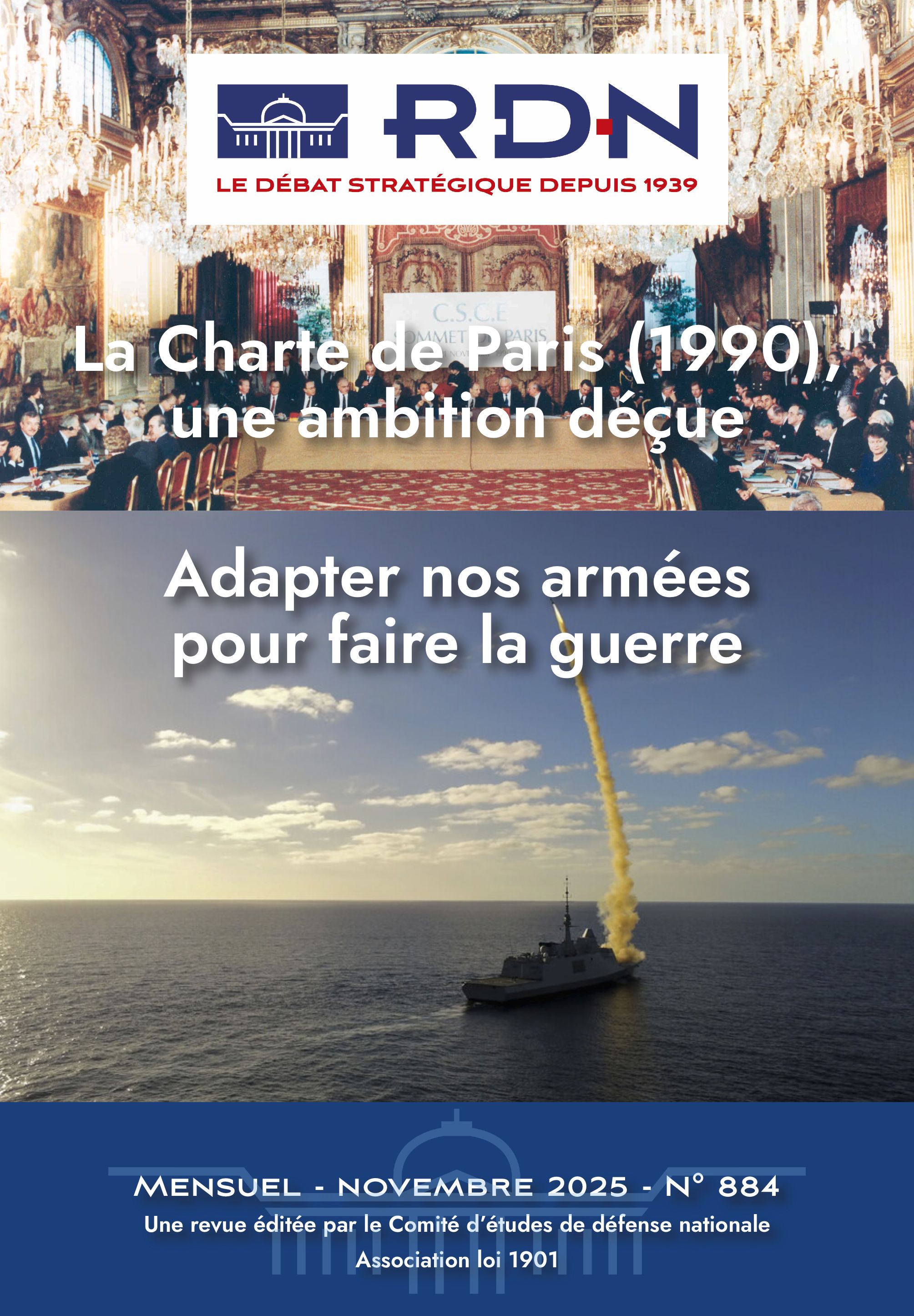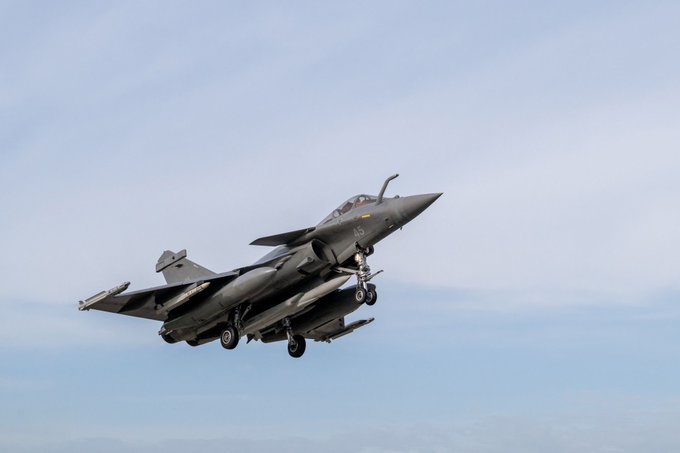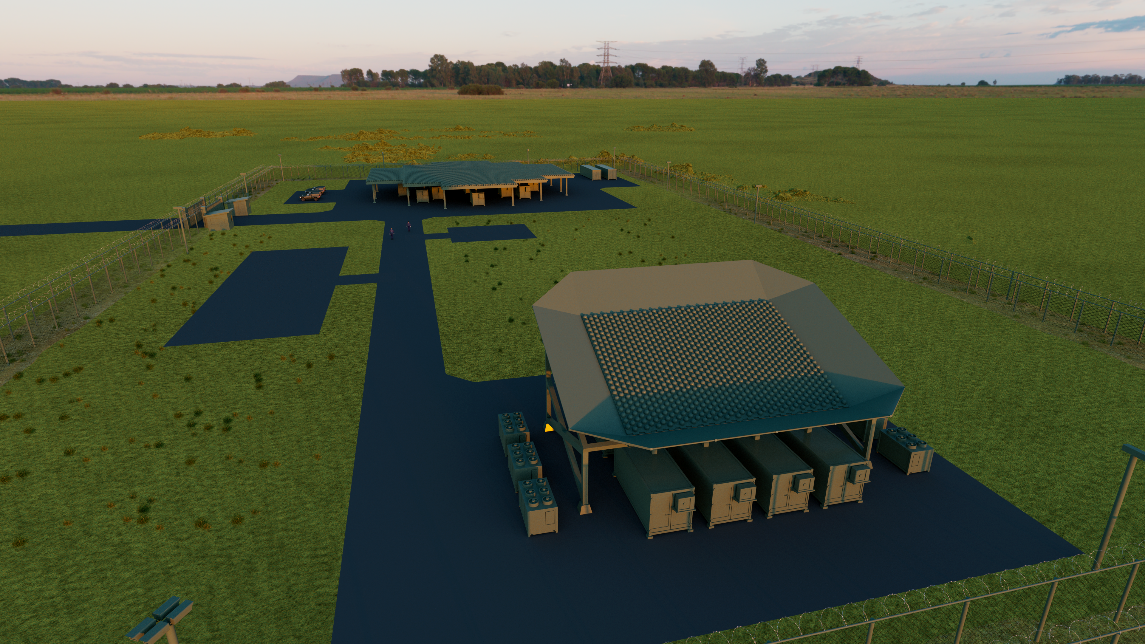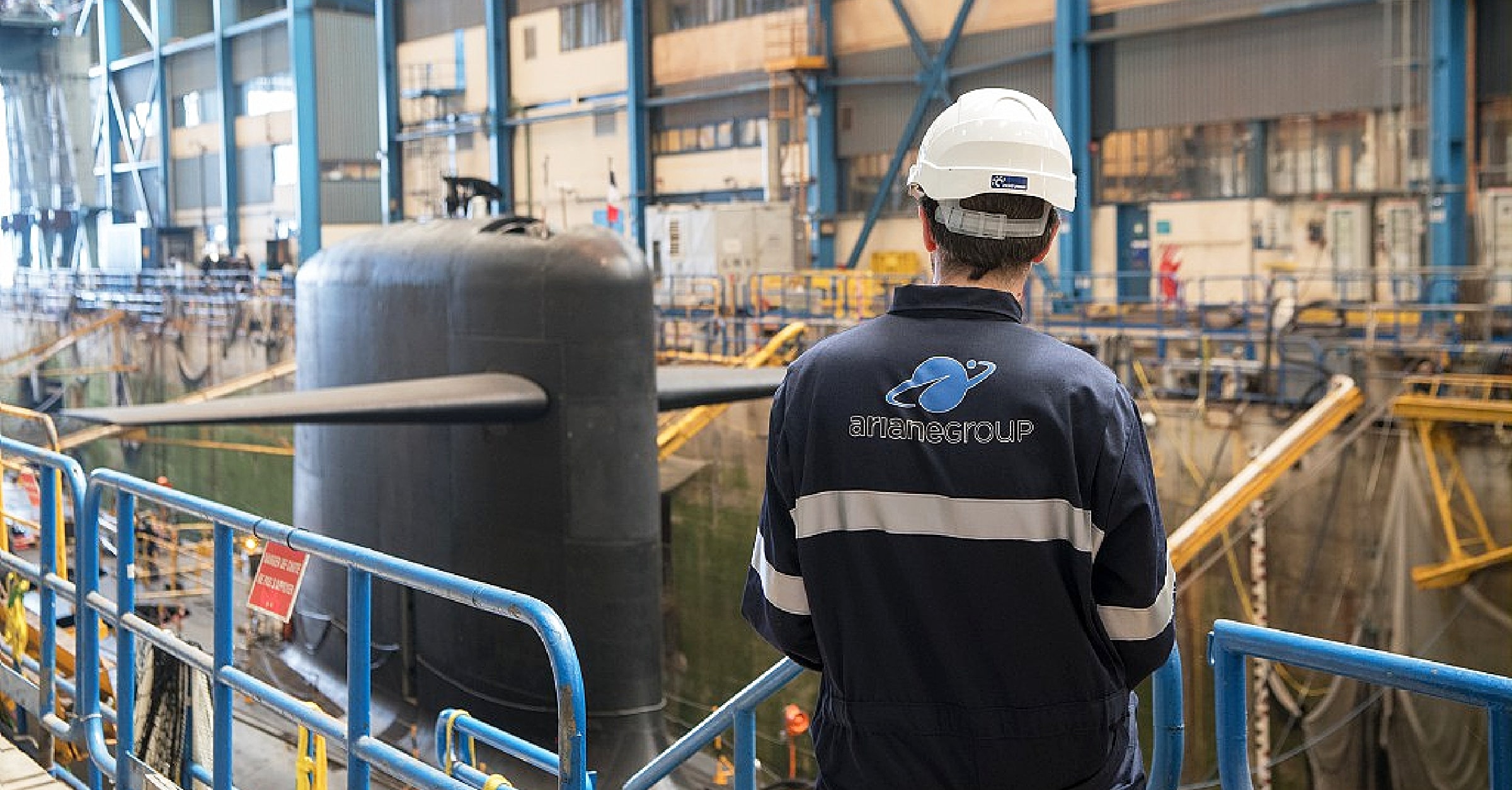Syrie, Yémen, Liban, Israël, Territoires palestiniens… Le Moyen-Orient continue d’être le théâtre d’âpres confrontations entre les différents acteurs de la région, avec l’intervention de grandes puissances (États-Unis et Russie notamment). Il s’agit ici de survoler les différentes zones de conflits actuelles, en s’attardant sur les récents événements qui ont pu accentuer les tensions.
Instability in the Middle East region and challenges to peace settlement in Syria (T1104)
Syria, Yemen, Lebanon, Israel, Palestinean territories… the Middle-East continues to be the theatre after confrontations between different actors of the region, with the intervention of great powers (Untied States and Russia in particular). This is a question of flying over the different areas of conflict, focusing on the recent events that may have exacerbated tensions
The Middle East region, with its strategic sea, land and air routes, rich hydrocarbon deposits, and a major market for weapons, continues to be a scene for intense competition, tough confrontation and conflict of interests among leading regional and world centers of power (1). Internal political instability, armed conflicts, violent and chaotic conditions, unemployment in a number of Arab countries generate new waves of legal and illegal migrants and refugees to the Balkans and further to Europe. There is a direct link between the migration from the Middle East, Islamization of Western countries, and growing terrorist threat in Europe. Political problems in the region are exacerbated by the world’s highest level of social and economic inequality. For example, in 2016, in the countries of the Middle East the wealthiest 10% of population (the top income decile) hold 61% of national income, while in Europe this figure is 37% (2).
The main sources of tension in the region, in addition to the Palestinian problem and the Arab-Israeli confrontation, are inter-Arab and confessional conflicts and the unresolved Kurdish issue. The Shia-Sunni wars in Iraq, Syria, and Yemen, and the fight of Turkish, Syrian, Iraqi, and Iranian Kurds for their national rights and freedoms are particularly severe. The large-scale interference of external forces in the internal affairs of the Arab states, as well as the growing confrontation between the regional powers such as Israel, Turkey and Saudi Arabia on the one hand and Iran on the other, further aggravating the situation in the region. The UN efforts to settle conflicts in Syria, Yemen, Libya and other regional hotspots are impeded by the lack of consensus among the permanent members of the UN Security Council on the means to stop the bloodshed and put an end of the Middle Eastern crises as quickly as possible. Speaking to the members of the UN General Assembly on January 17, 2018, UN Secretary-General António Guterres noted the growing number of conflicts in the world and called the situation in the Middle East a ‘Gordian knot’ with many intertwined problems among them the conflicts in Syria and Yemen, instability in Iraq and the Israeli-Palestinian issue. He expressed his concern over the signs of ‘weakening’ support for the settlement of the Israeli-Palestinian conflict on the basis of co-existence of two states. He stressed that there was no alternative to the two-state solution (3).
The Israeli-Palestinian problem
and relocation of the US embassy to Jerusalem
The December 6, 2017 decision by US President Donald Trump to recognize Jerusalem the capital of Israel and to move the US Embassy from Tel Aviv to Jerusalem (4) attracted renewed world attention to the Palestinian problem. In recent years, inert negotiations on the Middle East settlement have reached a deadlock with many regional and international players satisfied with the ‘no war, no peace’ situation. Egypt and Jordan previously concluded peace agreements and established diplomatic relations with Israel. The leadership of these countries tried to mediate disagreements between the Palestinians of the Gaza Strip (Hamas group) and the ones of the West Bank (Fatah movement). These efforts resulted in an agreement on the return of the Gaza Strip under the control of the Palestinian National Authority (PNA) in December 2017 and on the preparation for general elections in the Palestinian territories. This agreement created favourable environment for creating a joint Palestinian delegation to negotiate with Israel and search for a peaceful settlement.
Il reste 92 % de l'article à lire









